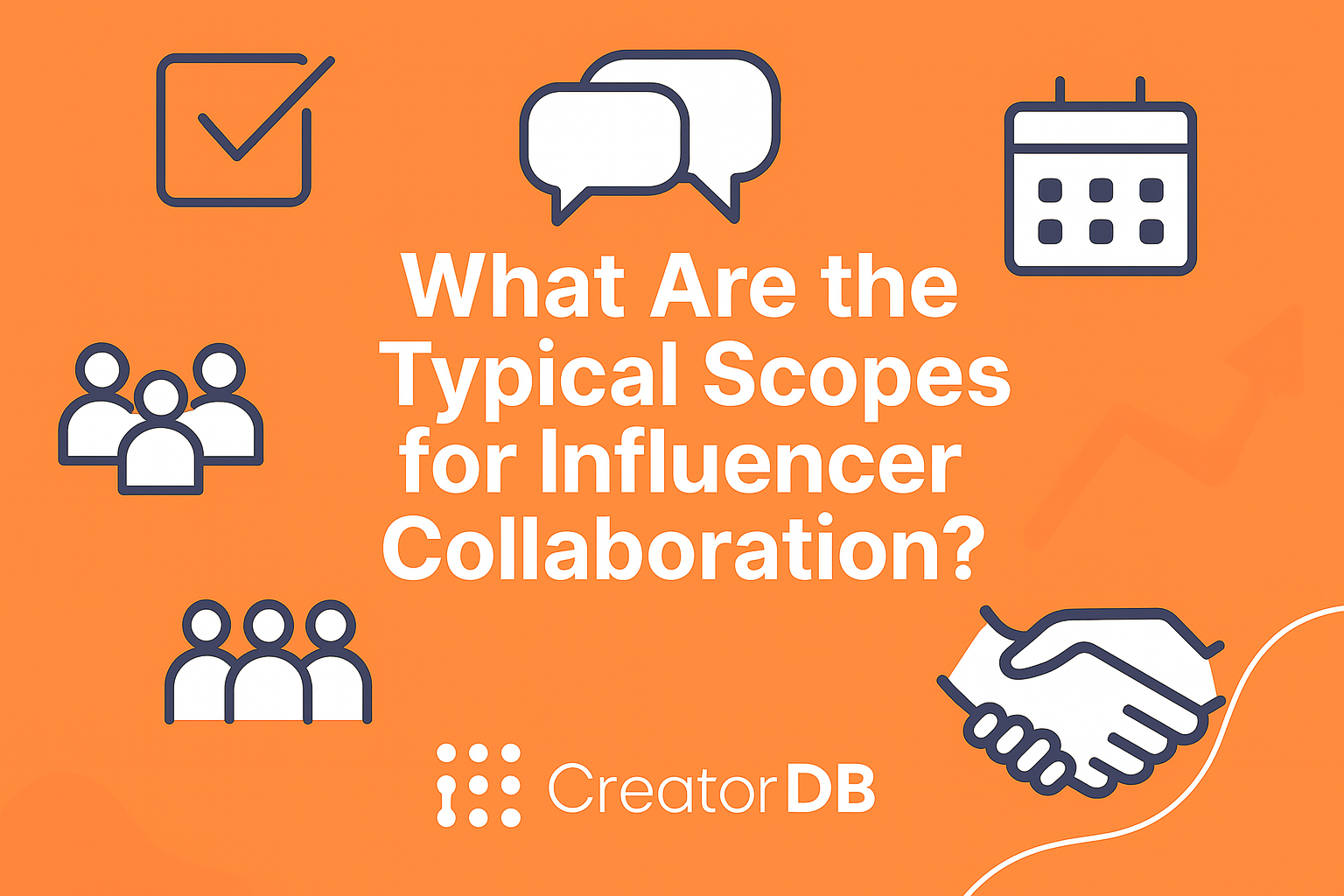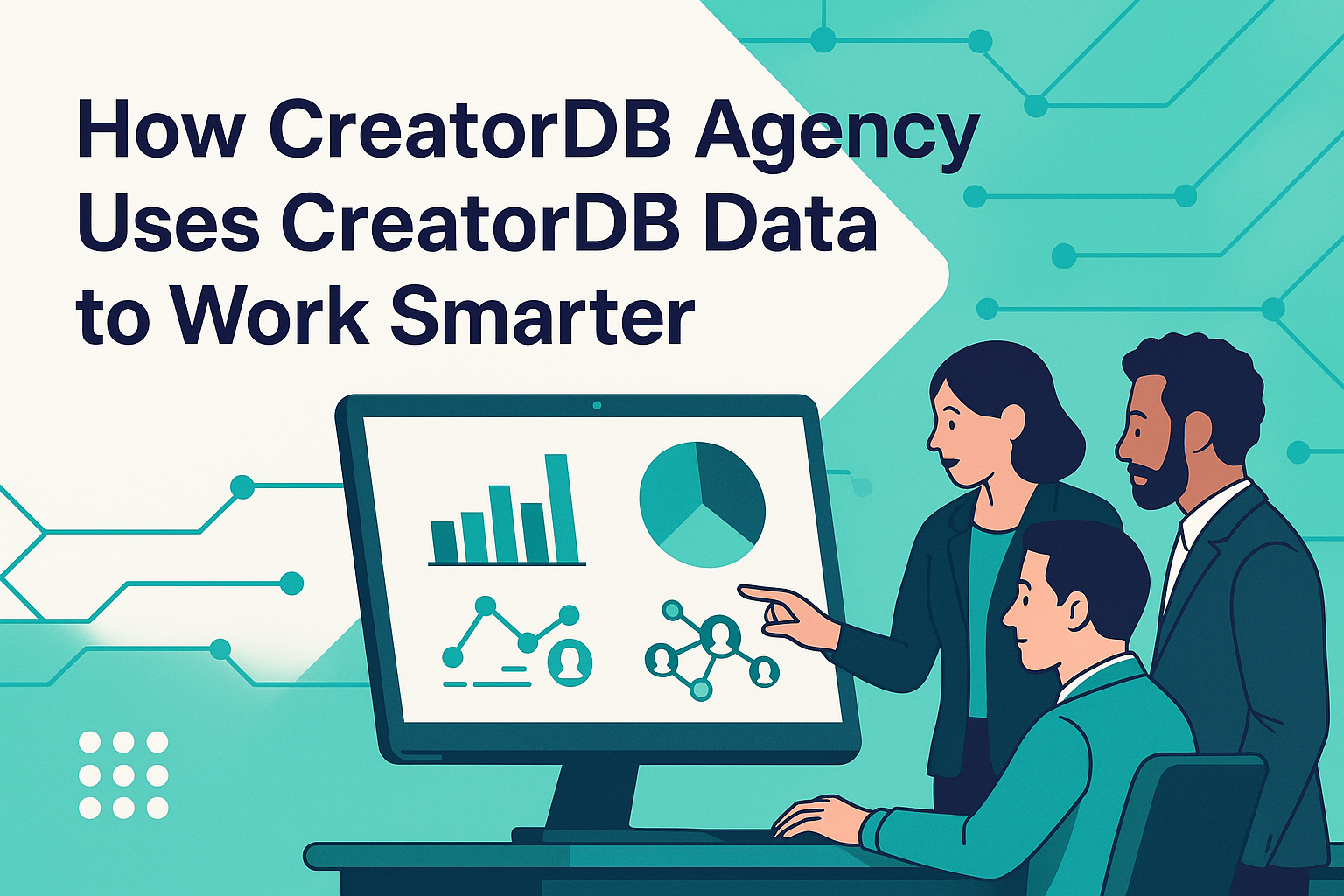Analytics will fuel any of your marketing campaigns, and this is especially true regarding influencer marketing over Instagram, TikTok, or any social media.
Influencer marketing shares many analytics with other forms of marketing but it also developed its own influencer analytics that especially captures the nuanced nature of influencer marketing.
Oftentimes people who have limited knowledge of influencer marketing see it as an area where the data are scarce and difficult to track.
This couldn’t be further from the truth. Social media log any action and give the possibility to quantify almost every interaction with posts and content.
Why do Analytics Matter in Influencer Marketing?
Analytics are the backbone of any marketing campaign.
When it comes to influencer marketing there are a myriad of analytics that become involved. Some are useful before the campaign, some are to be looked at during it, and others gain more importance afterward.
Different analytics can help different stages of the campaign process and is important to be able to master them all.
Key Metrics in Influencer Analytics
Three main areas should be clear when discussing influencer analytics: engagement, demographics, and conversions.
While many other analytics can be used at different points to gauge the viability and effectiveness of a campaign, these three should always be kept in consideration.
Engagement Rates: The Heartbeat of Influence
Engagement rate combines the interaction to a post(or a series of posts) received and puts it in proportion to the influencer’s following. This way is possible to gauge how committed and passionate is the influencer’s audience.
Engagement rate is a more in-depth measure compared to followers count since it also takes into account the level of interaction the followers have with the creator.
Is also a more difficult measure to fake leading to an easier time to weed out malicious actors.

Audience Demographics: Unveiling Consumer Insights
One of the most advantageous things in influencer marketing is the possibility of really knowing the audience that is being reached.
Social media platforms in many cases provide influencers with a breakdown of their following based on three main components: Gender, Location, and Age Groups.
Gender
Very simply, which percentage of the audience is male, and which ratio is female. Since in many online communities, males are the significant majority, gender can be expressed as % of females. If your products are explicitly targeting one gender, this is a critical metric to keep in mind.
Location
Where the audience is located. If your product requires shipping or localized versions, this is very important to keep in mind.
Age Groups
Age groups are often presented as a bar graph and show the distribution of an influencer audience by age. Generally, age groups are 13-18, 19-24, 25-30, 31-40, 41-50, 50-65, and 65+. Age data are particularly beneficial to evaluate the interests and income levels of an audience, but also combined with location and gender can be used to better understand if a creator audience fits your desired customer persona.
Conversion Tracking: From Awareness to Action
Conversions are the most direct way to track ROI in influencer marketing.
It represents the number of people who bought your product directly from a given influencer or clicked on the link promoted. Conversions can be easily tracked by providing each influencer with personalized trackable links.
Choosing the Right Influencers: A Data-Driven Approach
Analytics are especially important when is time to pick the influencers for a campaign.
Many of the metrics to look at in this phase are what make each influencer unique and are going to shape the results of the campaign.
Not all the analytics you want to look at in this phase are purely numeric: the kind of content and area of relevance is something of prime importance that needs to be evaluated qualitatively.
Other important factors in choosing influencers to partner with are: reach, the kind of engagement that the influencer is getting, and its various growth rates.
Relevance
To strike the right cords with the audience is not enough to craft a good influencer campaign, it’s especially important to pick the right content creators to partner with.
Their content and values need to align with the brand and the collaboration should be enhancing both parts.
To grasp the relevance of an influencer is important to look at the themes of its content and compare them with the interests of the target audience.
Reach
Reach indicates two things:
- the actual reach: the number of unique users that see a post from an influencer
- the potential reach: more like the expected number of people that would see a post.
In the first case, social media provides influencers with reach data telling them how many people have seen or interacted with a post. Higher numbers generally translate into higher engagement.
The second interpretation of reach is, crudely, just the number of followers an influencer has since you can expect that number of users to see their post.
Quality of Engagement
The engagement rate can be calculated in a few different ways depending on what matters for the campaign.
Commonly it uses the aggregated number of interactions divided by the followers to grasp the level of the response to an influencer post.
But certain campaigns may prefer one metric (for example comments) over another (for example shares). Tweaking the formula by weighting one interaction more than the other, or just excluding the markers that are not relevant is possible to obtain derivation of the engagement rate that reflects what are the campaign goals.
Growth Rate
The growth rate captures the pace at which an influencer’s following is growing and is generally calculated monthly but could also be done yearly or any other time frame.
A high growth rate can be highly beneficial to a marketing campaign since it means that even while partnering with the same influencer, the people seeing your sponsored content grow over time.

Measuring Campaign Effectiveness
Many of the influencers’ analytics can be used to predict or measure the effectiveness of a campaign.
Different metrics can be used to understand the impact of the campaign at different points.
Before the Campaign
It’s important to predict the effectiveness of a campaign even before it is launched.
While it will never be a 100% accurate prediction, it will give a ballpark about how the campaign will perform.
Metrics like reach, engagement, and impressions can be estimated by looking at historical data from the same influencer for similar pieces of content.
Such projections are useful for estimating the Cost Per Thousand (CPM) of the campaign.
If the creators are compensated with a performance-based type of deal this is a viable way to estimate the expense.
How to calculate CPM
CPM-based payments are a common solution especially when it comes to YouTube integrations since views can be easily obtained and allow one to grasp the reach of the ad.
Calculating CPM is simple: is only needed the campaign cost and the number of impressions received. Dividing the cost of the campaign by the number of impressions will lead to knowing the cost of each single impression, which should be very low. Multiplying that result by 1000 will give the CPM or the cost for a thousand impressions.

Learn everything you need to know about CPM with our guide
During the Campaign
Social media’s fast-paced data turnover allows marketers to keep a constant eye on how a campaign is performing.
Calculating the engagement rate and keeping track of the conversions identifies different content performances and how they impact the campaign.
Brand mentions are also an important part of the in-campaign monitoring that every brand should be doing.
They can be calculated as how often a company is directly tagged in posts and comments on social media.
But it’s often important to also keep track of reviews and articles on other platforms. By periodically checking for brand mentions, it’s easy to keep in touch with how the public perceives the company. It allows one to break through the bubble that may have been built around your accounts by the sponsored content.
After the Campaign
Once the campaign has wrapped up, there are many useful analytics that can be collected and used to understand the impact.
Earned Media Value (EMV) estimates the word of mouth generated by any influencer post. It starts from engagement and quantifies the value of the content created in your brand community.

The adjustable variable is going to be what you are tracking: Impressions, Likes, Comments, and so on.
Similarly, the Click Through Rate is a simple way to understand how effective a sponsored post is to bring a viewer to go further than the post and click the link.

Finally, a well-thought-out campaign is going to bring interest to the brand-owned channels.
Growing a following on the accounts directly controlled by the brand is going to bring more people within their reach and help with further marketing efforts.
Therefore, comparing following and engagement with the brand account before and after the influencer campaign is an extra analytic to keep in consideration.
Conclusion
Keeping track of the right analytics at the right time is going to make a huge difference for any influencer campaign.
While originally influencer marketing was seen as a shady and difficult-to-track approach to marketing in the current state of social media is very easy to keep in check all the parameters that matter.





